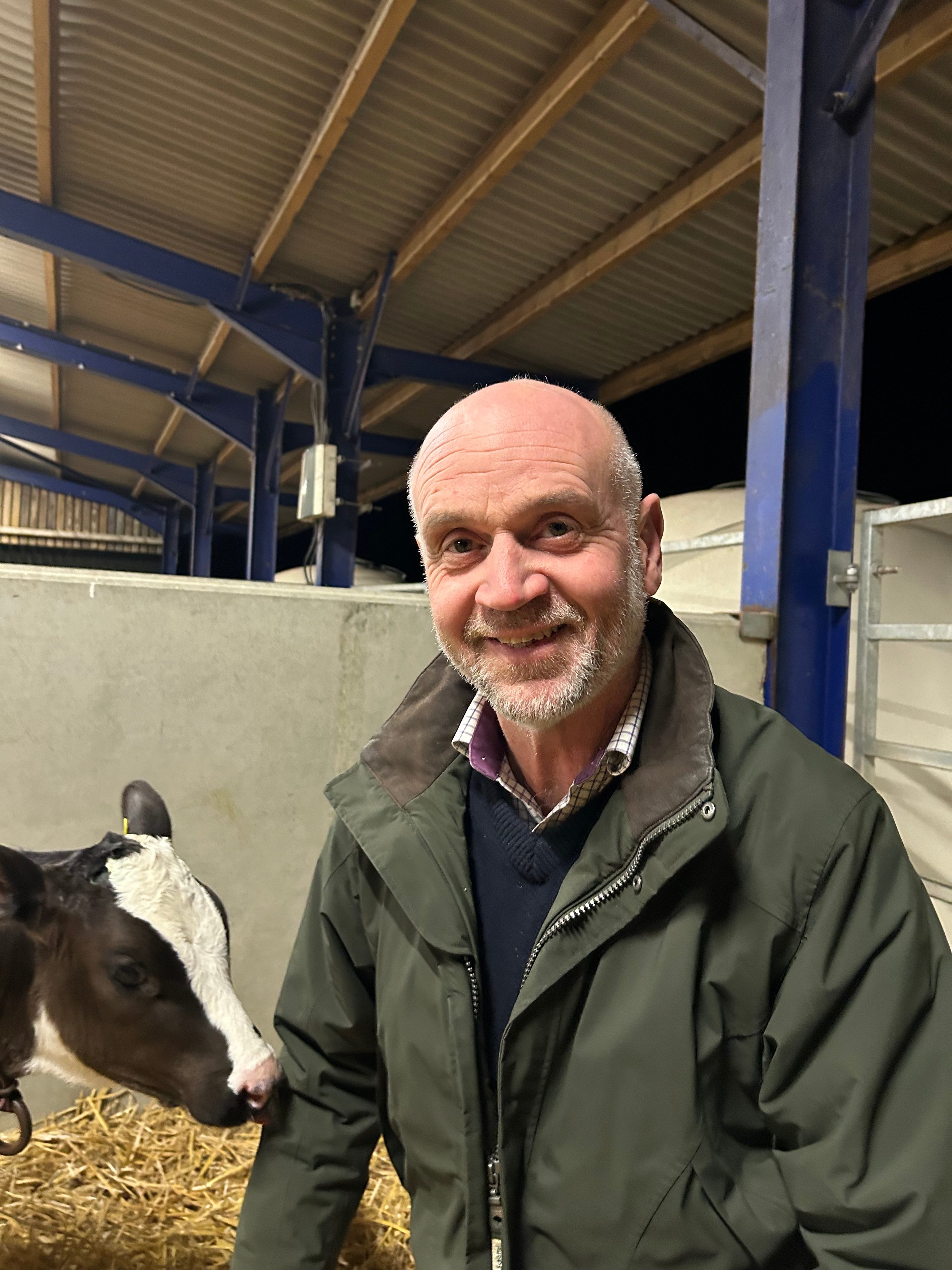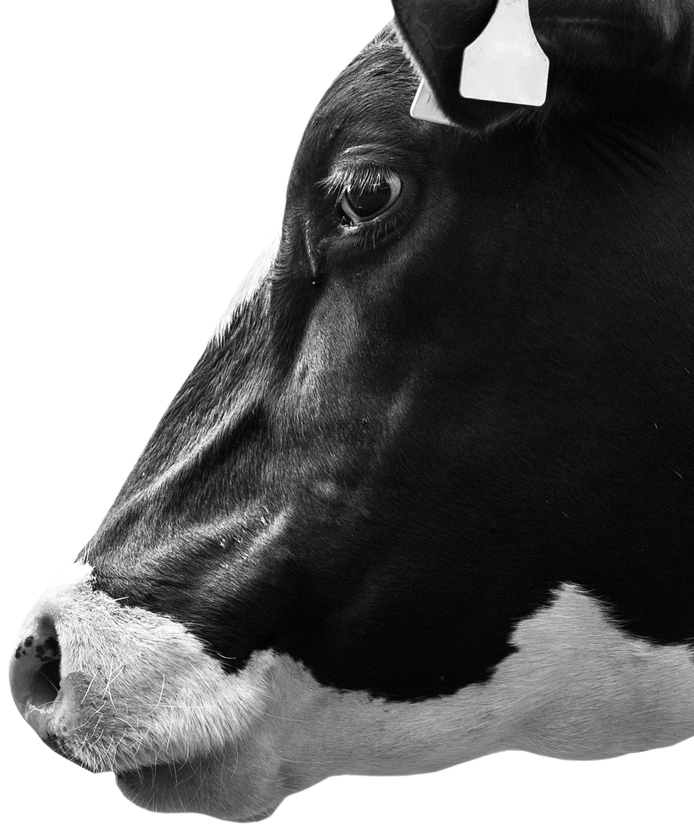Lovatt family of Boughton Astley, Leicester
Meticulous attention to detail and plans to future-proof the dairy business has earned Leicestershire-based producer Mark Lovatt a place in the final six of the 2024 NMR/RABDF Gold Cup competition.
Mark, with his father Edwin and wife Saffron, run the 268-hectare unit, which supports their 220-cow herd, plus 140 followers, and around 230 head of beef animals from the dairy herd.

Mark makes full use of home-grown feed, with high-quality forage production central to the success of this business.
A firm focus on feed efficiency, with 41% of milk produced from forage in this all-year-round calving Holstein herd, is helping to improve the unit’s carbon footprint.
“Cows like routine and consistency,” says Mark. “This is particularly important for feeding, so we clamp similar quality grass silages, across multiple cuts, together to improve the consistency of the diet for longer periods.”
In 2023, the first and second cuts averaged 16% protein and 12.1 ME and 76 D-value, while maize analysed at 12ME and 30% starch.
Milk yield per cow is currently 44kg per day from a 15% crude protein ration. Dry matter intakes are at least 27kg per cow per day from a partial mixed ration comprising 60% maize and grass silage, and home-grown arable crops.
Minerals, a rumen buffer and proven feed additives, such as Diamond V, are included in the ration. Mark is keen to consider additives that can promote feed efficiency and reduce methane emissions.
Cows are fed once a day, with feed pushed up automatically every two hours.
Three Lely A5 robots were introduced in 2019 and a fourth was added in 2022 to allow herd expansion. The idea of cows being less stressed and able to be milked at any time, and improved work routines for himself and his four staff, appealed to Mark. “The access to detailed data was an attraction too,” he adds. “It allows early and more timely decisions to be made.”
The move to automated milking, which also included building, flooring, lighting and ventilation improvements, has been a success with staff and particularly with the cows.
Cows visit the robot an average of 3.3 times a day and are fed a 17% concentrate during milking at rates of up to 5.25kg per day. The feed rate optimiser allows Mark to fine tune concentrate rates according to milk yields, which have increased from 32kg to 44kg per cow per day during the past five years.
Herd efficiency and longevity start from birth with calves reared in a dedicated room for newborns, which is covered by the strictest biosecurity.
Colostrum is quality checked with only high-quality pasteurised colostrum fed to newborn calves, and there is a real focus on the first 60 days of life to maximise growth.
Calf mortality is extremely low with more than 99% surviving to six months old. Heifer rearing is treated with the same level of importance, targeting growth rates between 1.1kgLW and 1.4kgLW a day to weaning.
Health and fertility are key in the quest for improved herd efficiency and sustainability.
Strict protocols and preventative measures, alongside the use of Uddermint, hydration and anti-inflammatories, keep mastitis rates low and reduce the need for antibiotic treatments. Selective dry cow therapy is practiced, with less than 25% of cows receiving antibiotics DCT. Cows are routinely vaccinated for BVD, IBR, Leptospirosis and mycoplasma. Lameness is also monitored rigorously, and a foot trimmer is used every three to four weeks.
Breeding healthier and robust cows, while promoting milk yield and quality, will support herd longevity longer term, and the use of sexed semen and genomic testing is accelerating genetic gain in the herd. These criteria are also fundamental in securing the long-term viability of the dairy business.
Biodiversity is an important part of the farm’s future and current plans, supported with countryside stewardship and SFI schemes, continue to develop this.
Mark believes in maintaining a dedicated team and believes more in the right personality and commitment than qualifications, which are trainable.
He’s keen to ‘do his bit’ in promoting farm education and has provided work experience to vet and agricultural students, as well as being involved in the RABI charity schemes.
Key facts (year to May 2024)
Cattle no: 220 cows plus 140 followers, 300 beef cattle from the dairy herd
Milk yield: 13,413kg at 3.89% fat and 3.28% protein
Milk from forage: 4,437 litres/cow/year
Pregnancy rate: 28%
Somatic cell count: 107,000 cells/ml
Mastitis rate: 3 in 100 cows
Calving interval: 384 days
Age at first calving: 22-23 months
Milk buyer: Arla (Tesco contract)
